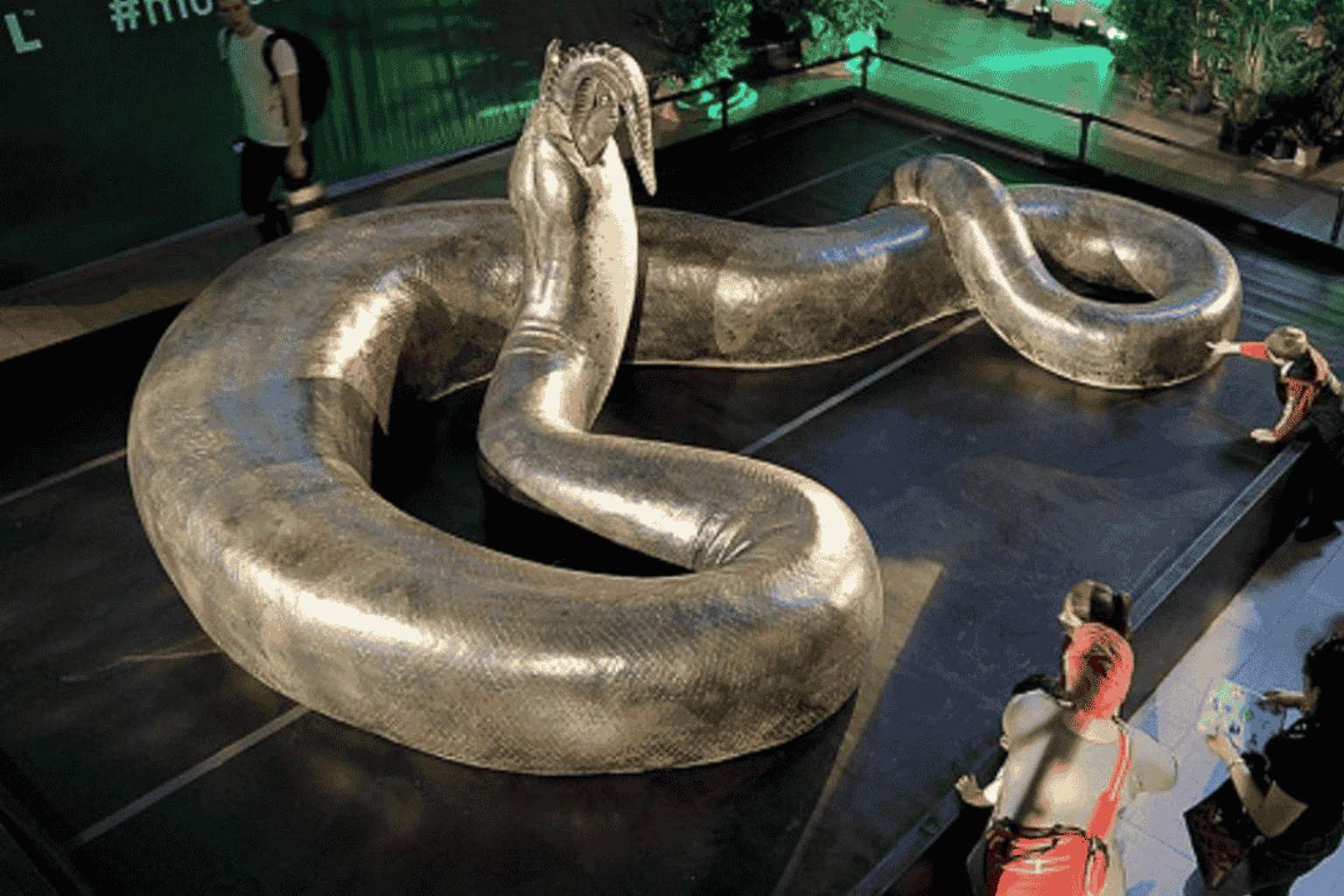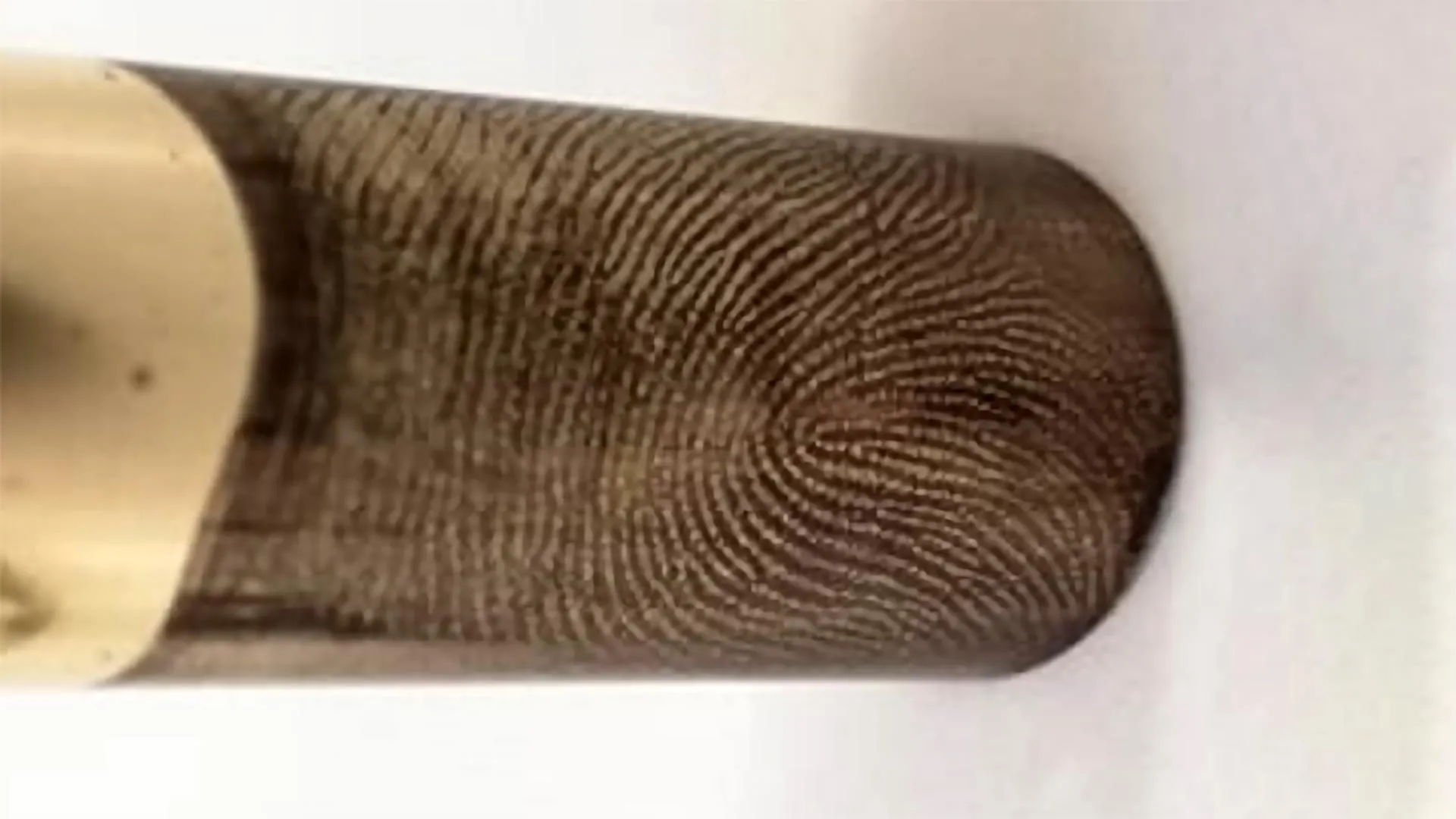A new study published in The Anatomical Record unveils the first clearly identified juvenile specimen of the extinct genus Pleurosaurus, offering rare insight into the developmental biology of a marine reptile that lived 150 million years ago in what is now southern Germany. The fossil, found in the Mörnsheim Formation near Solnhofen, bridges a longstanding gap in paleontological knowledge about rhynchocephalian ontogeny, challenging existing classifications and enhancing our understanding of prehistoric marine ecosystems.
A Dominant Marine Reptile in the Late Jurassic
The genus Pleurosaurus has long held a central position in the study of Late Jurassic marine reptiles. Characterized by its elongated body and adaptations for aquatic life, Pleurosaurus belonged to the rhynchocephalians, a group that is closely related to today’s tuatara. These reptiles thrived in marine environments across what is now France and Germany, particularly in the Canjuers and Cerin regions and the Solnhofen Archipelago.
“The genus Pleurosaurus is the most abundant rhynchocephalian in the Late Jurassic deposits of Canjuers and Cerin, France and the Solnhofen Archipelago, Germany,” said Dr. Victor Beccari, a paleontologist affiliated with the SNSB-Bayerische Staatssammlung für Paläontologie und Geologie and the Ludwig-Maximilians-Universität. The genus is defined by distinct anatomical features, including “an elongated, triangular skull, a recurved premaxilla, absence of postfrontal, low anterior flange on the teeth, reduced forelimbs etc.”
Paleontologists currently recognize two species within the genus: Pleurosaurus goldfussi and Pleurosaurus ginsburgi. “Specific distinction is based on differences in the number of presacral vertebrae (50 and 57, respectively), skull versus appendicular bone proportions, and the development of the pelvis, being more developed, that is, with a more robust dorsal process of the ilium, in Pleurosaurus goldfussi.”
A Fossil That Fills A Developmental Gap
Despite Pleurosaurus’ high representation in fossil records, a key element had been missing from the picture — a juvenile. “Although extensive research has been done on Pleurosaurus, with over 15 published specimens, no unambiguous juvenile specimen of this taxon has been described so far,” Beccari and colleagues emphasized.
That changed with the discovery in Bavaria’s Mörnsheim Formation. The newly described fossil, assigned to Pleurosaurus cf. P. ginsburgi, displays traits unmistakably linked to a young, post-hatchling animal. “This fossil is particularly interesting because it clearly shows characteristics of a young animal,” the paleontologists said. “Its teeth are small and show no signs of wear, the bones are not fully developed, and the vertebrae are still in the process of forming.” These indicators support the specimen’s classification as a juvenile and significantly deepen our understanding of how these creatures matured.
“Its small size, along with other features, makes it the first clearly identified juvenile Pleurosaurus specimen, filling an important gap in the understanding of the growth and development of these extinct reptiles,” the team noted.
Challenging the Validity of Acrosaurus
The implications of this fossil go beyond developmental biology; they reach into taxonomy itself. For years, paleontologists have debated the classification of Acrosaurus, a genus known only from juvenile-looking remains. “In the past, some paleontologists suggested that Acrosaurus might represent a juvenile Pleurosaurus, but until now, there was no solid evidence to support this hypothesis,” the researchers explained.
The juvenile Pleurosaurus from Mörnsheim offers striking anatomical similarities to fossils previously assigned to Acrosaurus. These resemblances now suggest that Acrosaurus might not be a distinct genus after all, but rather an early growth stage of Pleurosaurus. “The new fossil shows many similarities to those previously attributed to Acrosaurus, suggesting that the latter may not be a separate genus but simply a hatchling of Pleurosaurus.”
This finding is significant: it reinforces the notion that ontogeny — the process of development from juvenile to adult — must be carefully considered when classifying prehistoric animals. Mistaking juvenile features for taxonomic distinctions can inflate diversity estimates and mislead evolutionary models.
The Value of Exceptional Preservation
Discoveries like this are rare not because juvenile Pleurosaurus were uncommon, but because they are underrepresented in the fossil record due to their delicate, incompletely ossified skeletons. As Dr. Andrea Villa of the Institut Català de Paleontologia Miquel Crusafont remarked, “For years we tried to understand how these animals grew and developed, but we had never found such a young and well-preserved specimen.”
The preservation of this fossil — likely aided by the anoxic lagoon conditions of the Solnhofen region — allows scientists to peer into the earliest life stages of an animal once confined to adult interpretations. UV light imaging and detailed anatomical comparisons helped bring to light features that were previously obscured or unknown.
This specimen represents a bridge between fossilized bone and evolutionary narrative. It not only reaffirms existing knowledge of Pleurosaurus but also expands it in a direction long missing from the record.
Source link

